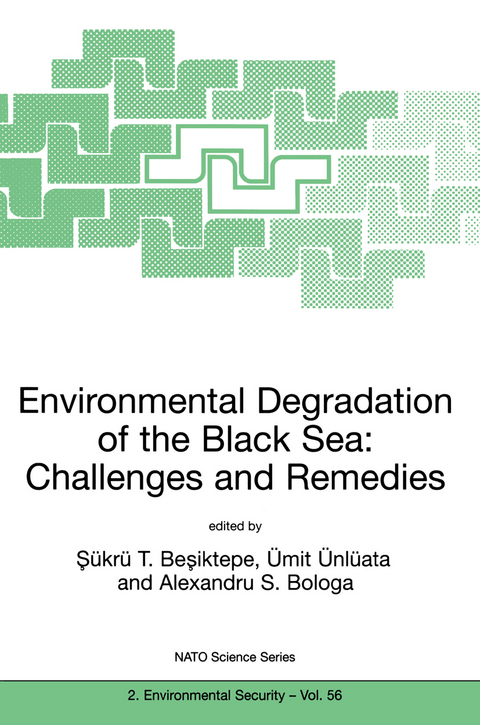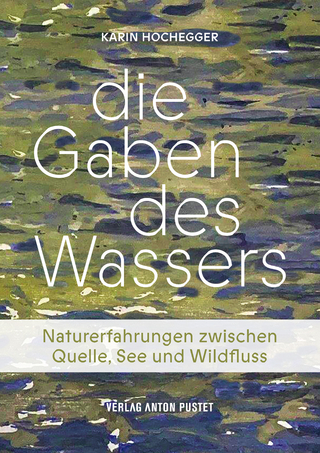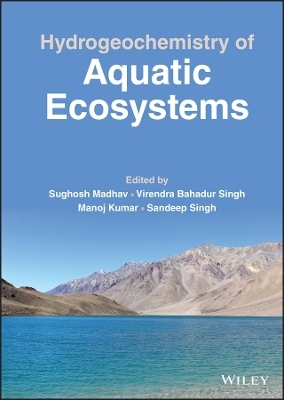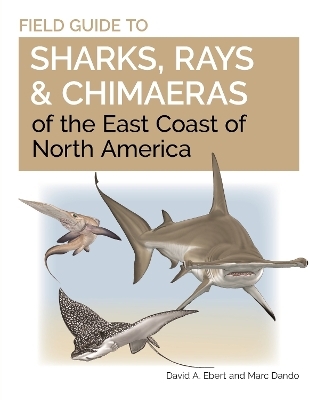
Environmental Degradation of the Black Sea: Challenges and Remedies
Springer (Verlag)
978-0-7923-5676-9 (ISBN)
The Black Sea presently faces severe ecological disequilibrium due primarily to eutrophication and other types of contaminants, from atmospheric, river and landbased sources. Major contaminants include nutrients, pesticides, hydrocarbons and heavy metals. Among the most critical contemporary concerns are eutrophication and associated deterioration of water quality, plankton blooms, hypoxia and anoxia, loss of biodiversity and decline of living resources. A better understanding of conditions leading to eutrophication and of the associated changes during the last four decades, is being carried out at national , regional and international levels. High quality scientific research has been conducted in all Black Sea riparian countries (Bulgaria, Georgia, Romania, Russian Federation, Turkey, Ukraine). In addition, several successful regional research programmes (e.g., CoMSBlack, NATO-TU Black Sea, NATO-TU Waves, EC-EROS 2000 Phase III, IOC Black Sea Regional Center with Pilot Projects 112) and one major environmental management program (GEF-BSEP) have been successfully launched. New international efforts like the Black Sea Commission, the Black Sea Program Coordination Unit, the Black Sea Economic Cooperation (all situated in Istanbul), together with the Convention for the Protection of the Black Sea against Pollution (Bucharest, 1992) and the Odessa Interministerial Decleration (1993) attest to the economic and political importance of these problems and the attention presently paid to this endangered sea.
Origin of the Black Sea.- Geochemistry of the Late Pleistocene-Holocene Sediments of the Black Sea: An Overview.- Importance of Sedimentary Processes in Environmental Changes: Lower River Danube — Danube Delta — Western Black Sea System.- Characteristic Chemical Features and Biogeochemical Cycles in the Black Sea.- Eutrophication: A Plausible Cause for Changes in Hydrochecimal Structure of the Black Sea Anoxic Layer.- The Suboxic Zone of the Black Sea.- An Approach to Modelling Anoxic Conditions in the Black Sea.- Temporal (Seasonal and Interannual) Changes of Ecosystem of the Open Waters of the Black Sea.- Distribution of Planktonic Primary Production in the Black Sea.- Fluctuations of Pelagic Species of the Open Black Sea during 1980–1995 and Possible Teleconnections.- Status and Evolution of the Romanian Black Sea Coastal Ecosystem.- Modeling the Black Sea Pelagic Ecosystem and Biogeochemical Structure: A Synthesis of Recent Activities.- Satellite Altimetry Observations of the Black Sea.- Hydro-Optical Studies of the Black Sea: History and Status.- Influence of Anthropogenic Impact on the Physiology of Some Black Sea Fish Species.- International Mussel Watch (UNESCO/IOC) in the Black Sea: A Pilot Study for Biological Effects and Contaminant Residues.- Database and Database Management System of the TU-Black Sea Project.- GIS for Regional Seas Programmes: A Case Study: the Black Sea.- Towards Development of an Operational Marine Services System in the Black Sea.- Oil Contingency Plans for Naval Activities.- The Black Sea Contingency Planning for Marine Oil Spills.- Romanian Contributions to ongoing Black Sea Research and Management Programmes.- Working Groups Reports.- List of Participants.
| Reihe/Serie | NATO Science Partnership Sub-Series: 2 ; 56 |
|---|---|
| Zusatzinfo | VII, 393 p. |
| Verlagsort | Dordrecht |
| Sprache | englisch |
| Maße | 160 x 240 mm |
| Themenwelt | Naturwissenschaften ► Biologie ► Limnologie / Meeresbiologie |
| Naturwissenschaften ► Biologie ► Ökologie / Naturschutz | |
| Naturwissenschaften ► Geowissenschaften ► Hydrologie / Ozeanografie | |
| ISBN-10 | 0-7923-5676-4 / 0792356764 |
| ISBN-13 | 978-0-7923-5676-9 / 9780792356769 |
| Zustand | Neuware |
| Informationen gemäß Produktsicherheitsverordnung (GPSR) | |
| Haben Sie eine Frage zum Produkt? |
aus dem Bereich


